“Why does waste have to be a waste?” ponders Pann Lim, co-founder and creative director behind Kinetic Singapore and The Waste Refinery. “We need to challenge the perception of waste as unwanted, unusable material and view it as a truly valuable resource,” he adds.
And that is the exact message The Waste Refinery at National Design Centre hopes to convey to its visitors. Featuring 20 exhibitors, from acclaimed Japanese designer Kazuhiro Yamanaka to students from LASALLE College of the Arts, the exhibition offers a range of perspectives—local and international—on how design can tackle our waste problems.

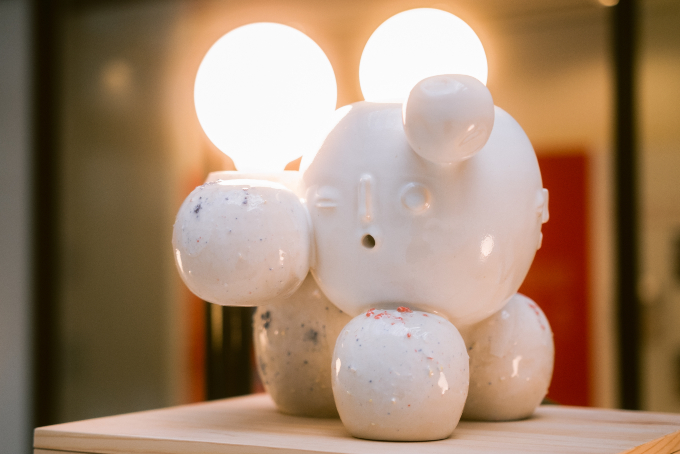
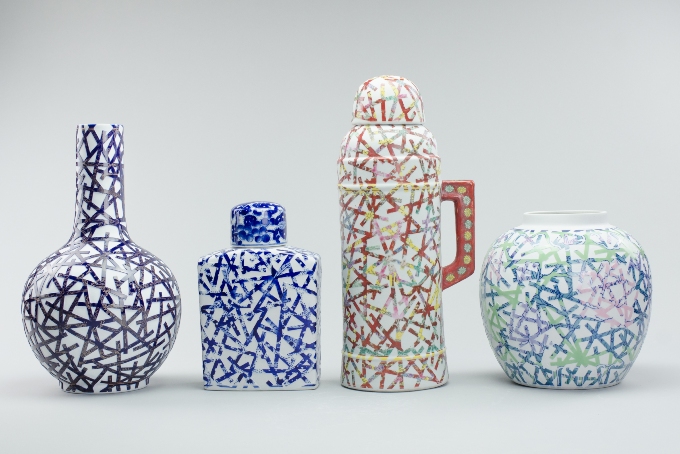


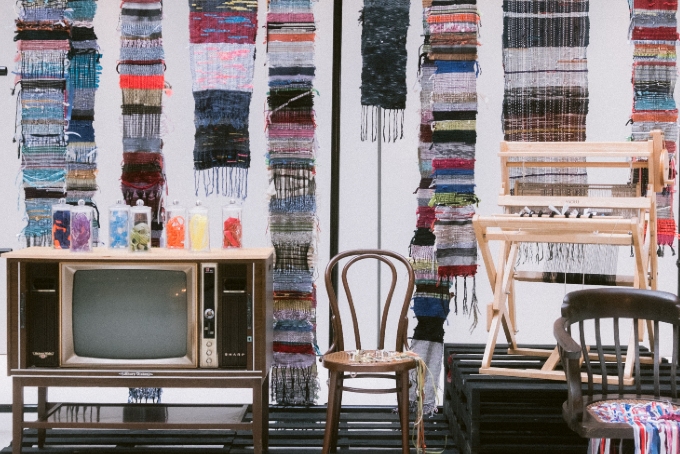

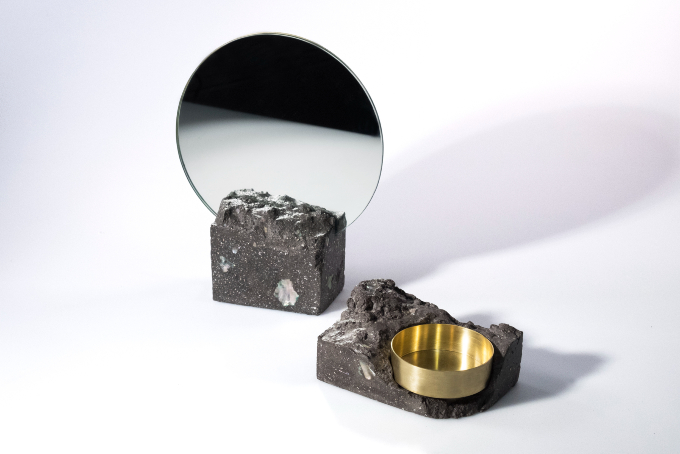
“Not every exhibition is scalable of course, but what we want to achieve is to introduce this concept of how waste can have a utilitarian and functional angle, without it just being used in small-scale art and design works,” says Lim on The Waste Refinery. He adds that “education is still most important when it comes to changing mindsets and lifestyle behaviour”.
Opening amid the UN Climate Change Conference (COP26), The Waste Refinery could not have picked a better time to reopen the conversation surrounding sustainability and our environment.
Here are five designers you need to keep on your radar if you are looking to embrace a zero-waste lifestyle.
Soles with Soul
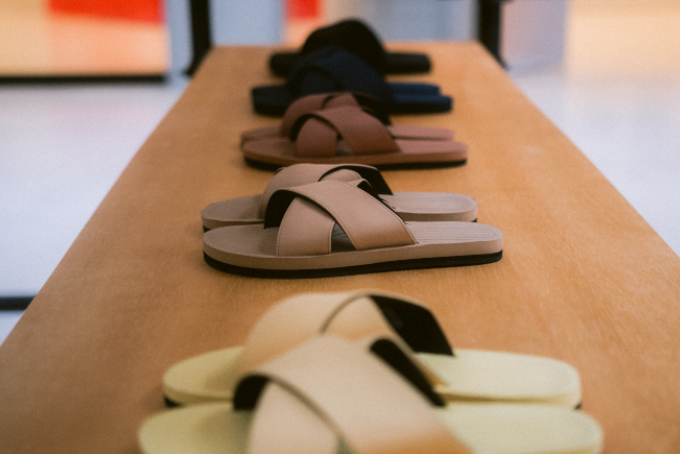
Walk the talk with a pair of shoes from Bali-based Indosole. Here, vehicle tyres are repurposed into the soles of some of the most durable footwear around. Jennifer Gregory, General Manager at Indosole Singapore explains the rationale behind the choice of tyres: “we talk a lot about recycling plastic waste but tyres are really harder to break down.” By working with tyres, Indosole aims to keep them out of dumping sites and incinerators, reducing the amount of toxic chemicals that are released into the environment as these tyres break down. The brand has since its launch in 2009 prevented over 100,000 tyres from ending up in the landfills.
The Local Tree Project

The Local Tree Project by homegrown woodworkers Roger&Sons is an effort to salvage trees that are destined to die. They transform abandoned logs into bespoke furniture and home decor items such as serving trays and drink coasters—in essence, no part of the tree goes to waste. The project also aims to highlight the varieties of wood found on our sunny island, from Angsana, to African Mahogany (Khaya) and our beloved Raintree. Through the Local Tree Project, it is Roger&Sons hope that we rethink our consumption habits and celebrate the living environment around us.
Piñatex
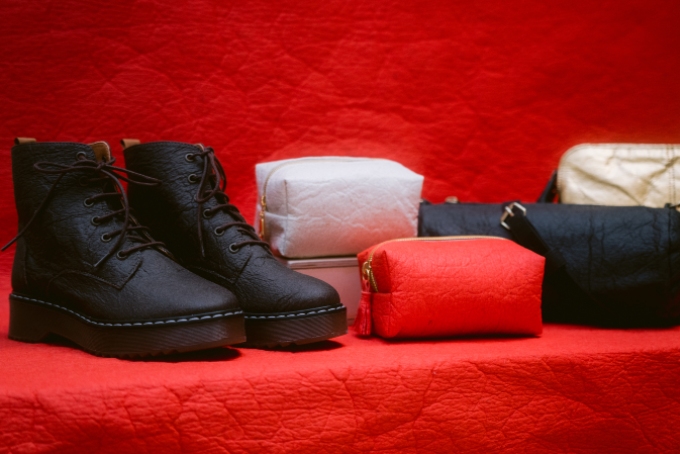
Made from waste pineapple leaf fibre, Piñatex is a natural textile that is envisioned as a sustainable and cruelty-free alternative to leather. Each square metre of Piñatex fabric is created from 480 pineapple leaves, resulting in a sturdy and supple texture mimicking that of leather. Unlike its leather counterpart, Piñatex is lightweight, breathable and flexible, and equally suitable for use in fashion, accessories, upholstery and more. Working directly with local farming cooperatives in the Philippines, the company behind this innovation–Ananas Anam, also aims to uplift pineapple farmers by generating additional income streams for them.
Radical Plastics
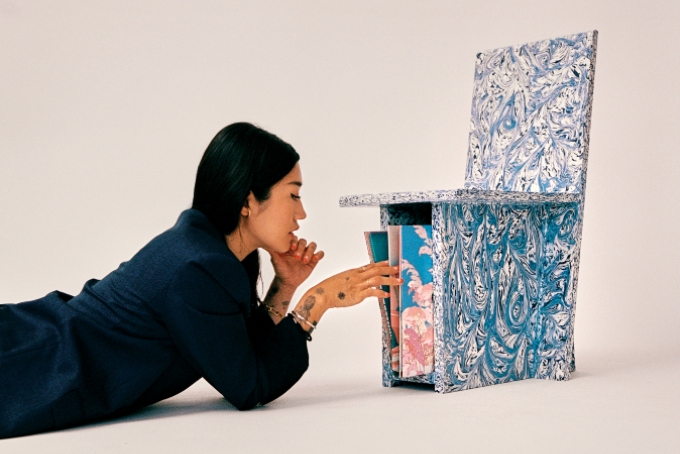
Where we look at plastic as waste, Bali-based Space Available looks at them as valuable resource. Believing that design and creative collaboration can be a vehicle for change, Space Available uses plastic waste to create new circular products, giving our unwanted plastics a new chance at life. The latest to add to their creative repertoire is the Peggy Chair, a striking blue and white swirl-patterned chair—a collaboration with South Korean DJ Peggy Gou—made from 20kg of plastic waste rescued from landfills, rivers and oceans. With a shared goal of ‘making space for a sustainable future’, we can’t wait to see what Space Available comes up with next.
Monolith

With a maxim of ‘purpose to repurpose’, the creative duo behind LAAT seeks to give material waste a renewed life by repurposing them into one-of-a-kind furniture pieces and lifestyle objects. Their second capsule collection Monolith sees them repurposing construction waste materials such as European marble offcuts, steel bits and mirror panels into abstract geometric homeware pieces. No two designs are the same and each exudes a raw and industrial, yet modern and sophisticated aura. Beyond being an exercise in upcycling, LAAT hopes that their work will encourage us to stop and reflect on the excessive and careless ways in which we produce and discard materials and items.
National Design Centre, 111 Middle Road, Singapore 188969.
The Waste Refinery exhibition runs from now till 16 January 2022 from 9am to 9pm daily.





